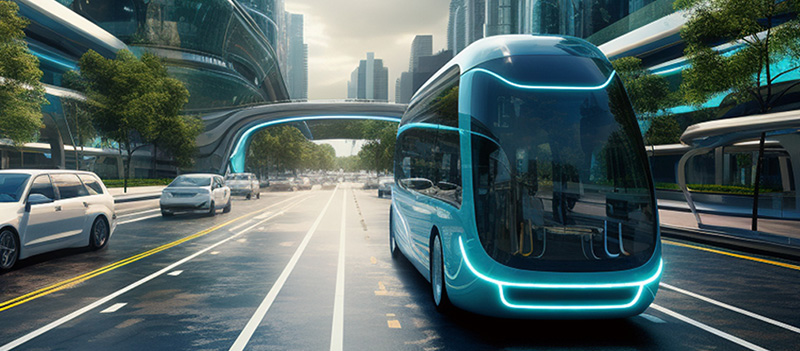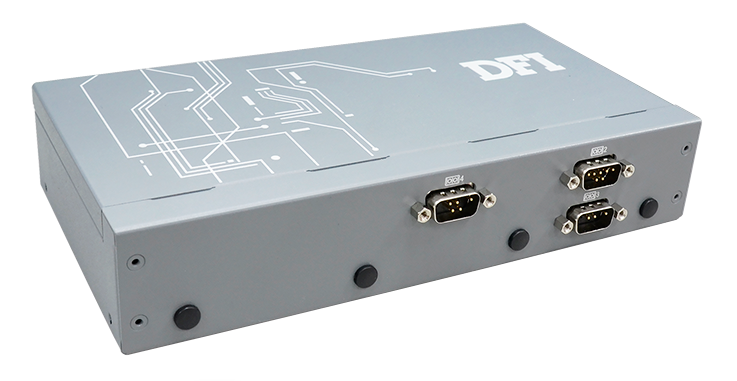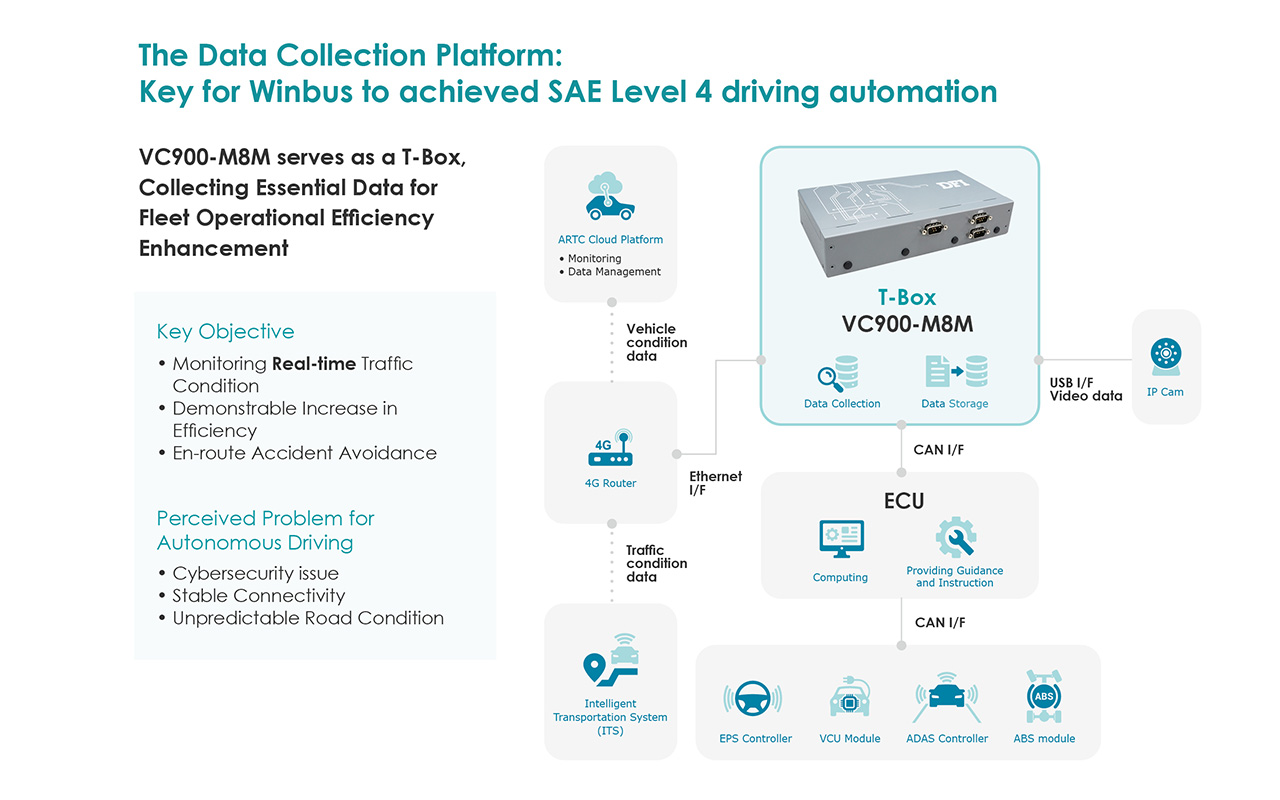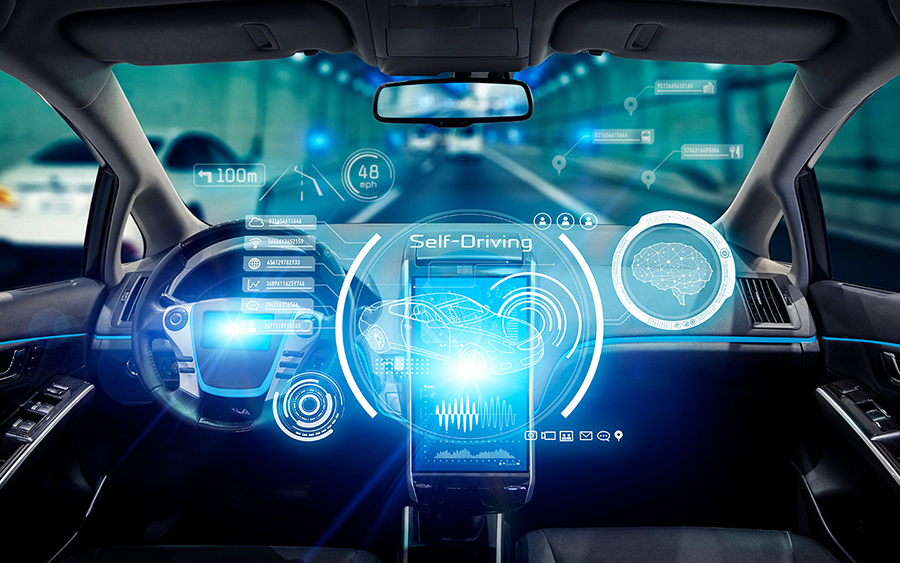As emerging technologies such as artificial intelligence (AI), cloud, and Internet of Things (IoT) become increasingly mature, Autonomous Vehicles have changed from being imagined to being real. Factors such as changes in the global labor structure have further encouraged experts from industry, government, academia, research, and other fields to join this battlefield that is potentially worth tens of billions of dollars and drive the growth of technological development. DFI, global leader in embedded systems and industrial PCs, has leveraged their many years of experience in the automotive field and joined the Automotive Research & Testing Center (ARTC) and other manufacturers to provide the vehicle system VC900-M8M as well as technical support for implementation of functions such as system connections and security vulnerabilities. Together with various departments, they created WinBus, the country’s first “MIT (Made in Taiwan)” self-driving electric minibus that meets level 4 autonomous driving as defined by America’s Society of Automotive Engineers (SAE).
Industry: Transportation
Application: Telematics Box (T-Box) System
Solution: VC900-M8M vehicle system







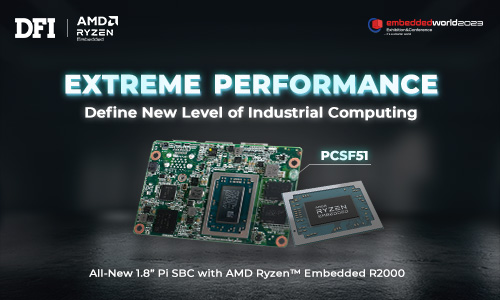
,有助於車隊管理員管理駕駛行為、運動感測、急煞車和衝擊偵測.jpg?timestamp=1689918406.42007)




